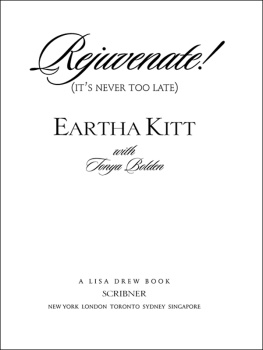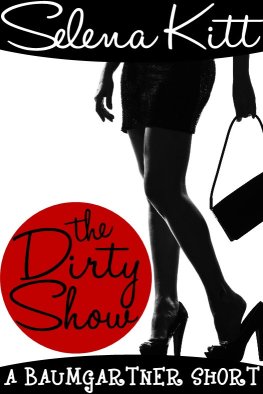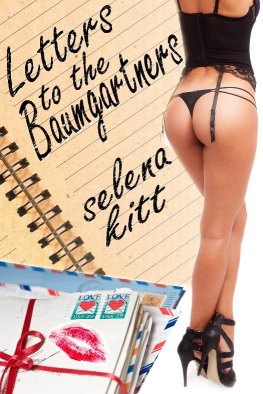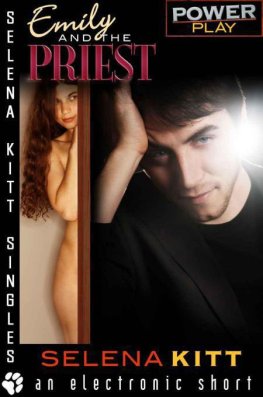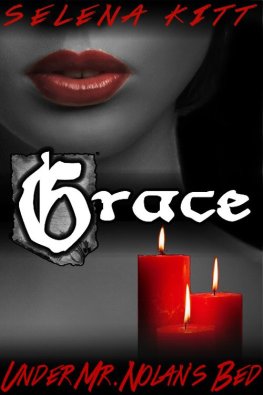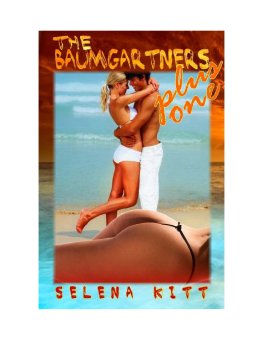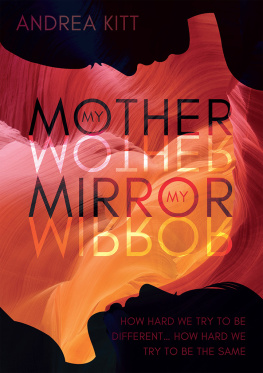Copyright 2001 by Kikitt, Inc.
All rights reserved, including the right of reproduction in whole or in part in any form.
SCRIBNER and design are trademarks of Macmillan Library Reference USA, Inc., used under license by Simon & Schuster, the publisher of this work.
Thank you for helping me stay balanced.
To my fans and friends, who have allowed me to stay on my path.
INTRODUCTION
Warm Up
W hen the year 2000 commenced, I was seventy-two years old and had quite a lot on my plate. I played to sold-out crowds at Manhattans Caf Carlyle through mid-February (two shows a night, six days a week). Rehearsals for The WildParty began in January (six days a weeklong hours), with the show in previews in March and fully up and running in mid-April (six evenings a week plus Wednesday and Saturday matinees). I also had the goal of completing this book by May Day, 2000. In between, there were out-of-town appearanceshere a day in Charleston, South Carolina, there a day in Savannah, Georgia, et cetera, et cetera.
The gods are good, I thought as I sat in my room at the Carlyle Hotel, getting ready for my very last performance of 1999.
Indeed, the gods had been more than good, considering my beginnings: ugly duckling Eartha Mae, born out of wedlock and into poverty on a cotton plantation in South Carolina, then given away because Mamas husband-to-be said he didnt want that yella gal in his house. The people she was given towere they close or distant relatives? She never knew. Of one thing there was no doubt. These people were cruel: beating Eartha Mae, poorly feeding Eartha Mae, working her like a dog.
And when this Thursdays child was brought up North, to Harlem, and found a new mama in an aunt, there were no great expectations for her. Factory worker or domestic workersurely this would be her lot. Instead, there were rescues for her and her irrepressible love of words, of song, of the dance.
The world of possibilities began to open when she was accepted into the School of Performing Arts. Life widened a few years later when she became a member of the Katherine Dunham Dance Troupe. Before she was twenty years old, shy little Eartha Mae had performed with the Dunham dancers in America, Mexico, England, Paris, and elsewhere in Europe.
Then came her debut as a cabaret performer in Paris in 1949, which led to countless engagements at some of the poshest clubs in Europe, at one of which Orson Welles found her and cast her as Helen of Troy in his interpretation of Faust, which became a part of the show An Evening with Orson Welles.
It was when I asked, Why me? that Orson said, You are the most exciting woman in the world. Many people have thought that this statement pertained to my sex appeal. But there was more. You are the most exciting woman in the world was not the whole of Orsons response. After that, he said this: You represent all women of all ages. You have no place or time.
What an affirmation. As a youngster, I had struggled so with feelings of not belonging, of not being wanted, of not fitting in anywhere. Yet, I found that to survive I had to learn to adapt to anywhere, and I had always felt that I had to accept being different.
Who is the real you? someone once asked me.
The me who happens to be in front of you at the moment, thats the real me.
The more I surrendered to myself, to the self that would not be limited and narrowly defined, the more glorious a time I had with me and with life. I stayed open, ready, breathless even, for adventure: eager to go wherever my talents might take me.
So, yes, I went with An Evening with Orson Welles around Europe in 1950, and then through other doors that opened, including New Yorks Village Vanguard, from where I went on to a twenty-five-week run at the Blue Angel. It was there that producer Leonard Sillman saw me and snapped me up for Broadway: for his New Faces of 1952. Quickly, the whole town was talking about me, especially about my Bal Petit Bal and Monotonous, which were showstoppers for a year. Then came the New Faces national tour and the film, which led to more engagementsand Eartha Kitt had become a bona fide star.
Eartha Mae was awed by how far and widely she had traveled. She was stunned and grateful that the public had adopted Eartha Kitt and made Eartha Mae feel worthwhile. Never presuming, but always hopeful, she looked forward to the rest of the journey, which did, in fact, continuerich, diverse, and intensely rewarding: best-selling records; more work in the theater (a Tony nomination in 1954 for my role in Mrs. Patterson was definitely a high point); work in films (including St. Louis Blues and Anna Lucasta); more nightclub engagements (from the Plaza Hotels Persian Room to the Talk of the Town in London); more concerts around the world with the pleasure of singing in more than ten languages. There was television, too (the Omnibus presentation of Salome; I Spy, for which I received an Emmy nomination; Mission Impossibleand, yes, joining the cast of Batman as Cat-woman was purrrr-fect for me!).
And in the mid-1950s, I had been celebrated with a star on Hollywood Boulevards Walk of Fame. Could it get any better than this?
There was a time when many people did not think so. The buzz was that my career was kaput after I spoke out against the Vietnam War, incurring the governments wrath. But Eartha Mae survived that (through Eartha Kitt). Just as she had survived the gossip about her being a sex-crazed creature. Just as she had survived great loves lost (millionaire John Barry Ryan III, cinema-house scion Arthur Loew Jr., and founder of Revlon, Charles Revson). Just as she had survived a marriage to Bill McDonald that did not last, but which did produce the greatest delight of her life, her daughter, Kitt.
Onward, forward, upward. How? By staying ready mind, body, and soul. Ready for the club owners and fans in Europe who cherished me when work was hard to come by in America, and ready to get work in America when the climate changed.
From the 1970s onward I have been productive, because I kept myself ready: ready for more recordings, more concerts and nightclub engagements (at home and abroad), for Timbuktu! and another Tony nomination, for more parts in films as different as Boomerang and Harriet the Spy; ready to be The Wicked Witch in the national tour of The Wizard of Oz; ready for The Wild Party; and, yes, ready on December 31, 1999, for my umpteenth performance at Caf Carlyle, where I had been engaged every winter since the late 1980s.

